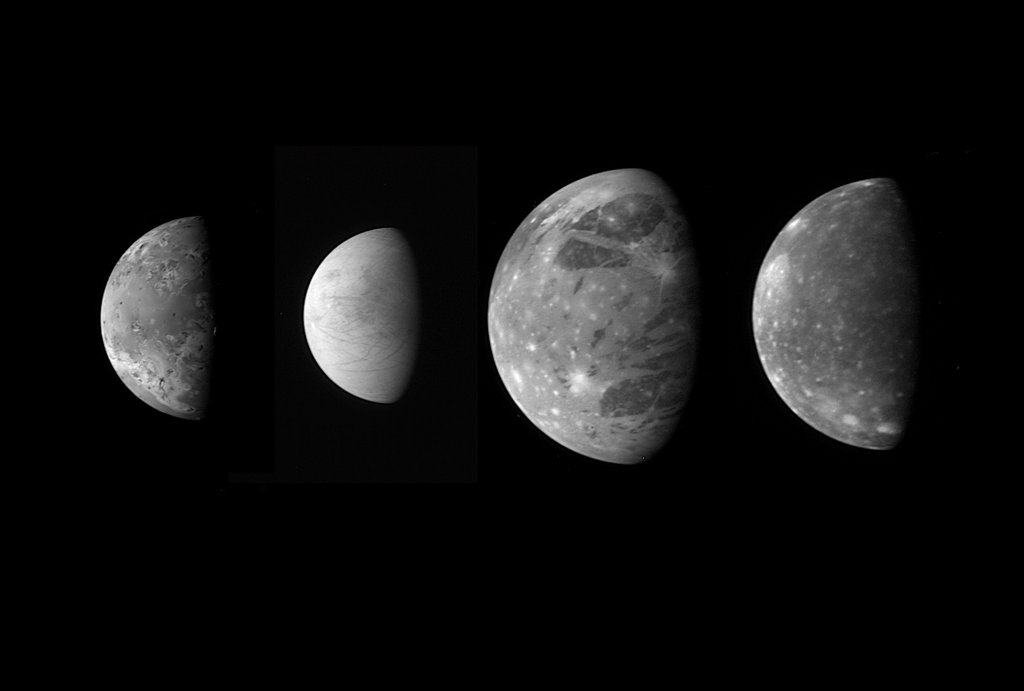The UCLA Hammer Museum wanted to create a musical event for its current exhibition Drawing Down the Moon, but there was a catch—it was only a few weeks away. Claudia Bestor, the Hammer’s director of public programs, was hesitant to make such a request on such short notice. But Neal Stulberg, director of orchestral studies at The UCLA Herb Alpert School of Music, was intrigued.
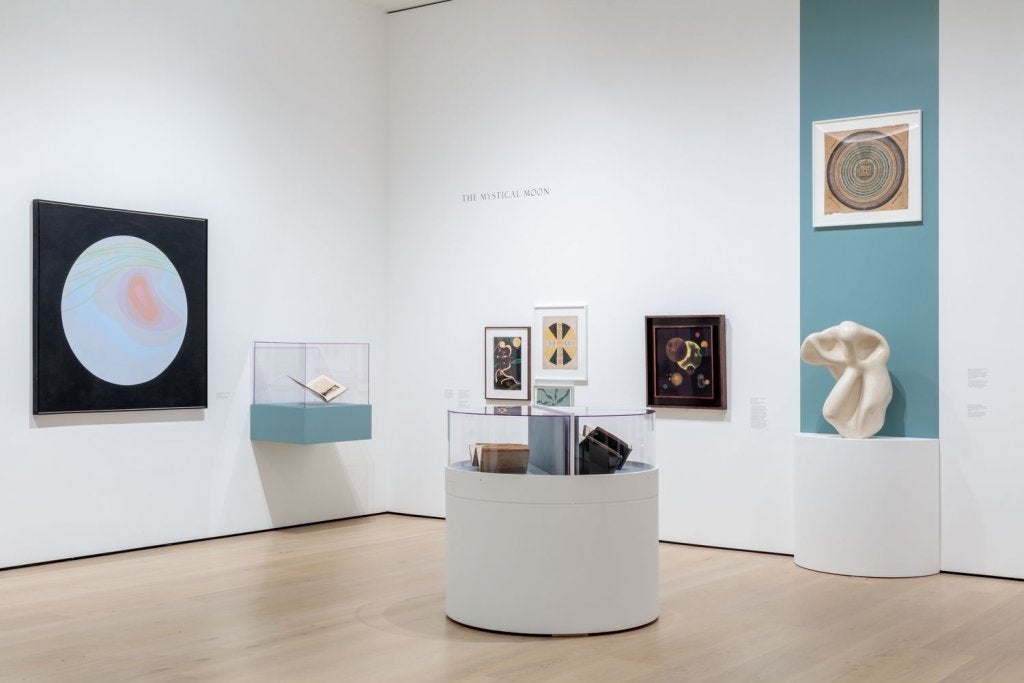
“The moon is the one physical object that the whole world has a singular visual experience with,” said Stulberg. “You can’t look at the sun. The stars and clouds change depending on where you are. But the moon is always there.” Not surprisingly, there is no shortage of art music inspired by the moon, from Haydn to Janaçek to Beethoven to Schoenberg.
The resulting program, Songs to the Moon, will be performed Sunday, August 7 at 4:00 p.m. at the UCLA Hammer Museum by an all-Bruin ensemble. The concert is free, as is entry to all the museum’s exhibits. The museum will be open 11 a.m. to 6 p.m.
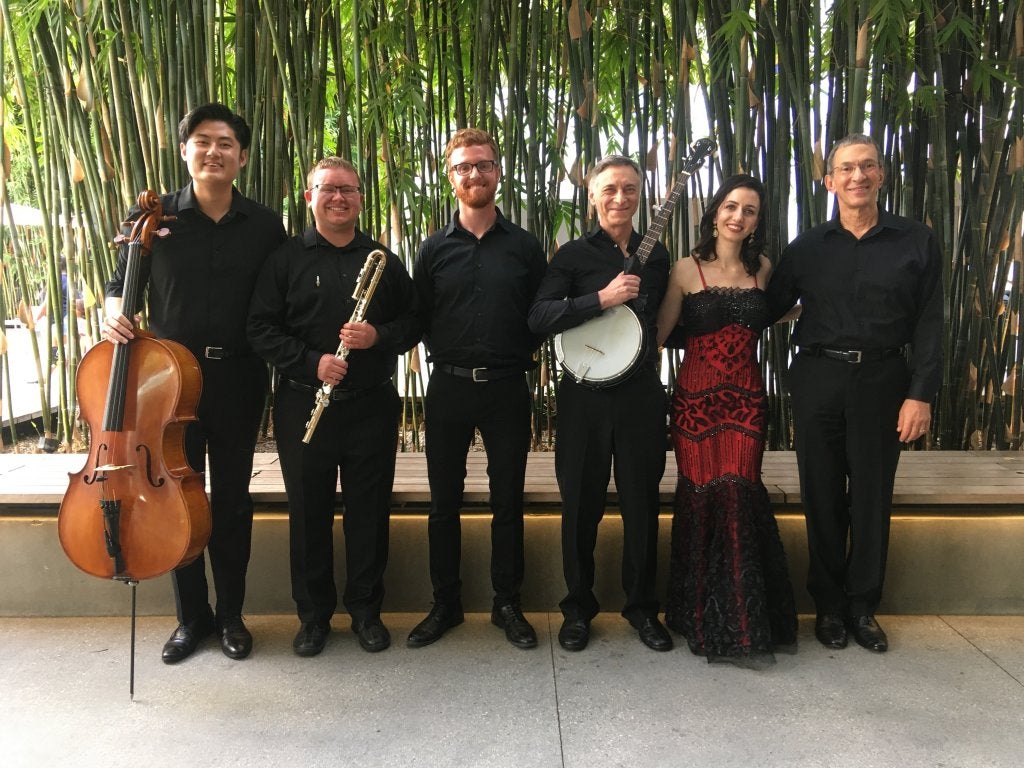
“The real challenge,” Stulberg confided, “was letting go of the notion that we were going to somehow ‘illuminate’ the moon for the audience. The moon’s already there. Everyone understands how special it is. So, really, I wanted to design a program for a summer Sunday afternoon that the audience would just be able to enjoy.”
Stulberg built the program around George Crumb’s 1969 masterpiece, Night of the Four Moons. Like most of Crumb’s music, Night of the Four Moons is wildly inventive, evocative, challenging and freighted with complex emotional beauty. Scored for voice (mezzo soprano), alto flute/piccolo, percussion, banjo and electric cello, it is a piece that is rarely performed, but is best experienced live.
The program’s featured mezzo soprano will be UCLA alumna Meagan Martin (D.M.A. 2019), fresh off a European recital tour with Grammy-nominated guitarist Mak Grgić. Stulberg consulted with Martin about the selections for voice and piano that would complement Night of the Four Moons.
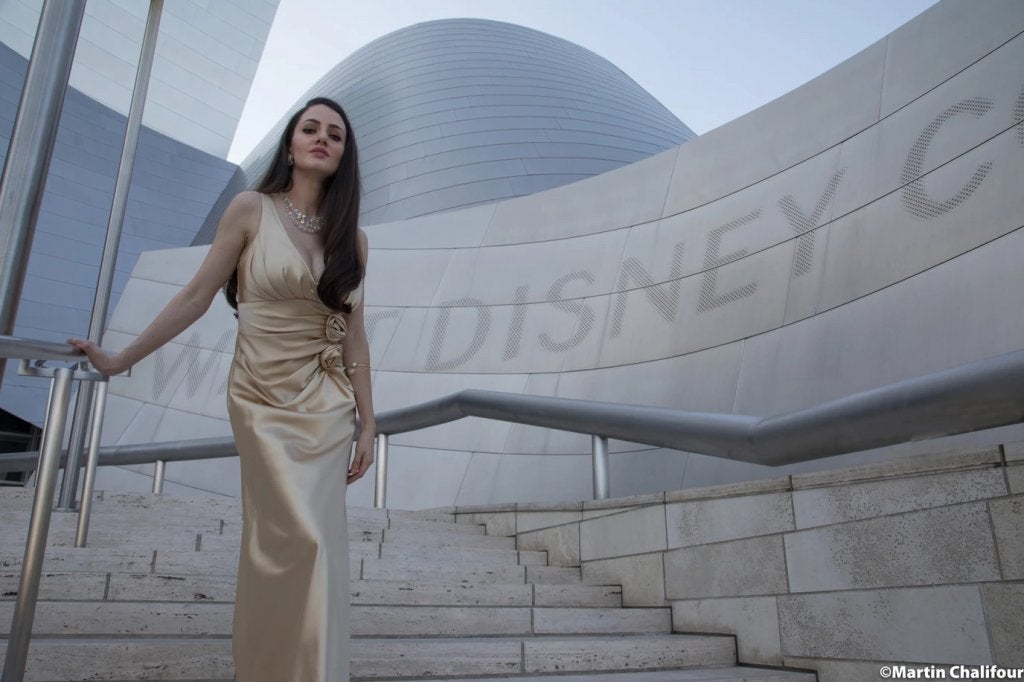
“When Neal brought me into the program,” said Martin, “he had already earmarked a number of songs that relate to the moon, and we used those as a jumping-off point to build an evocative first half of the concert. I’m particularly excited about the four gorgeous pieces by female composers that we will share, since it is paramount to continue moving towards a new normal for classical music in which creators of diverse gender identities, races, and cultural backgrounds are regularly celebrated through the programming of their work. There are so many stunning works that fall outside of the standard repertoire, and I’m thrilled that this concert prominently features some lesser-known gems.”
Crumb’s Night of the Four Moons was commissioned by the Philadelphia Chamber Players and written during the Apollo 11 flight to the moon in July of 1969. But the piece is hardly triumphal. Crumb himself described his feelings about the moon mission as “ambivalent,” and opens the four movement piece with the poet Federico García Lorca’s text “The moon is dead, dead.” The first three movements create a soundscape of icy loneliness, of vast, uninhabitable spaces. The fourth movement juxtaposes a personification of the moon as seductress with the corporeal moon to which the astronauts will plant a flag.
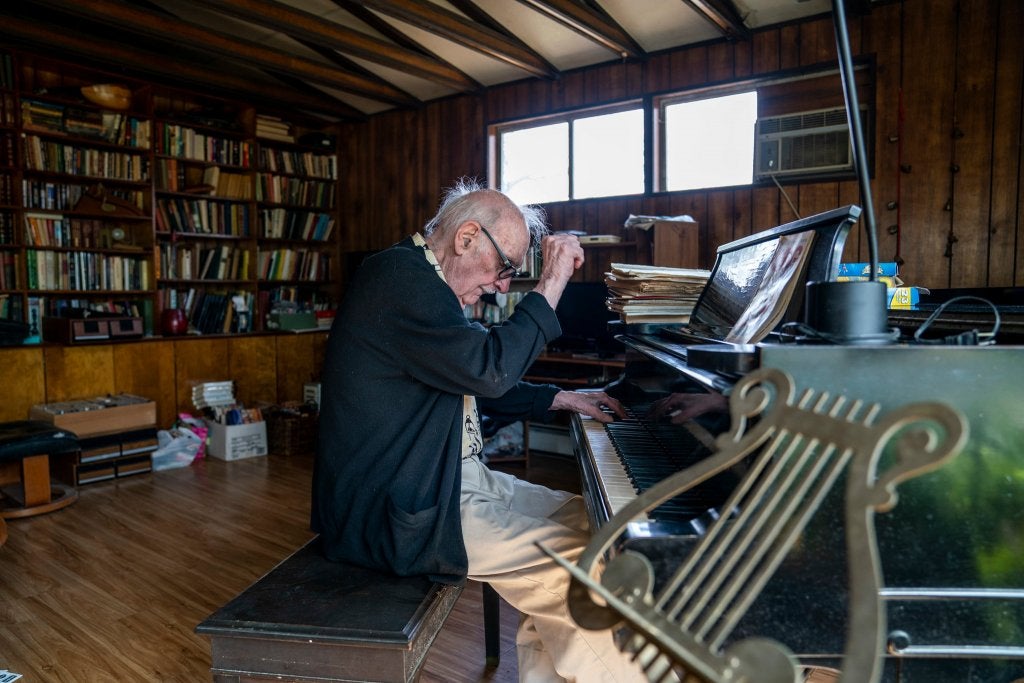
“I can’t say for sure,” said Stulberg, “but I think Crumb might have had some misgivings about what might have been seen as the hubris of colonizing the moon.” The year 1969 was, after all, a difficult year in America and the world. The assassination of Martin Luther King Jr. and Bobby Kennedy were still fresh wounds. The Vietnam War continued its slow slog, with no end in sight. Racial reckonings had produced riots in virtually every major city in America. Does one detect in the ambivalences of Crumb’s music a veiled critique of a society that might conquer space while surrendering to apathy and destruction on earth?
Perhaps. But Crumb’s extensive notations in the score omit any mention of contemporary politics or social concern and Stulberg is generally skeptical of such a reading. “While artists and composers often created overtly political works during this period, sometimes they retreated into spiritual realms.”
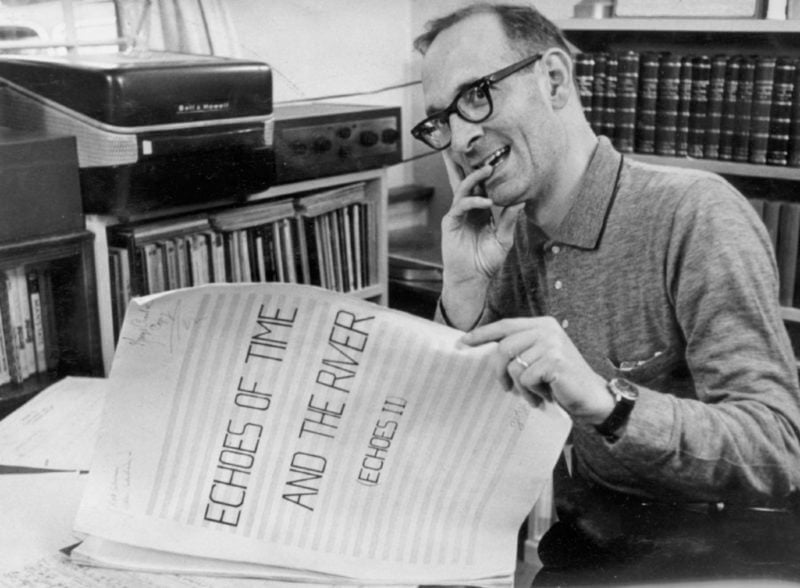
Crumb’s famously eclectic instrumentation hints at humanistic themes. Night of the Four Moons features Tibetan prayer stones, alto African thumb piano, and Japanese Kabuki blocks. There is a powerful feeling of universal human experience that cuts through his work, even as the last movement slowly transports the audience to the moon itself as the musicians file, one-by-one, off the stage, leaving only the cellist playing high-pitched sounds reminiscent of radio signals Crumb calls “Music Mundana.” Off stage, meanwhile, the remaining quartet play achingly beautiful fragments Crumb calls “Musica Humana.”
“The concert will be unique,” said Stulberg. “Truly unique. You’ll never hear another concert like this again.”
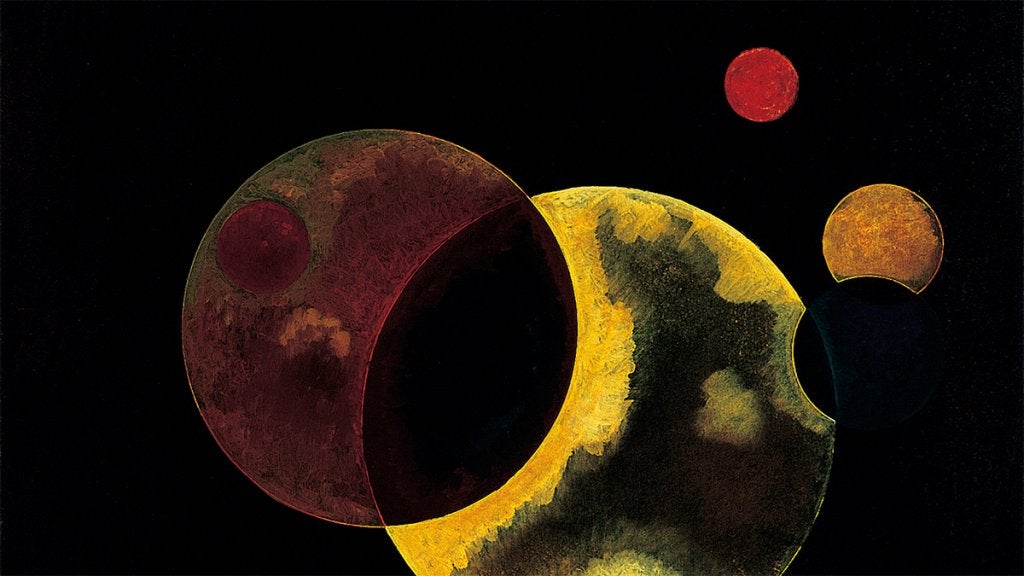
MUSIC & PERFORMANCE
Songs to the Moon
SUN AUG 7, 4 PM
The moon has always inspired poets and composers. “Songs to the Moon” begins with a set of moon-themed art songs for voice and piano. The concert concludes with a rare performance of George Crumb’s magical “Night of the Four Moons” with texts by Federico Garcia Lorca. Scored for alto voice, alto flute/piccolo, banjo, electric cello, and percussion, the work was composed in 1969 during the Apollo 11 mission.
Other texts by Charles de Bussy, Joseph von Eichendorff, Gabriele D’Annunzio, James McPherson, The Rubiat of Omar Kayyám, Carl Sandburg, and “Anonymous”; music by Vincento Bellini, Cécile Chaminade, Ruth Crawford-Seeger, Liza Lehman, Camille Saint-Säens, Robert Schumann, and Paolo Tosti.
PERFORMERS
- Meagan Martin, mezzo-soprano (UCLA DMA ’19)
- Will Adams, alto flute/piccolo (UCLA MM ’22)
- Alan Berman, banjo (UCLA MFA ’82)
- Christopher Cho, electric cello (UCLA MM ’21)
- Daniel La France, percussion (UCLA DMA candidate)
- Neal Stulberg, pianist and conductor (UCLA Professor/Director of Orchestral Studies)
RSVPs are not available for this program. Admission is free. Seats are on a first come, first served basis. Hammer members receive priority seating.


